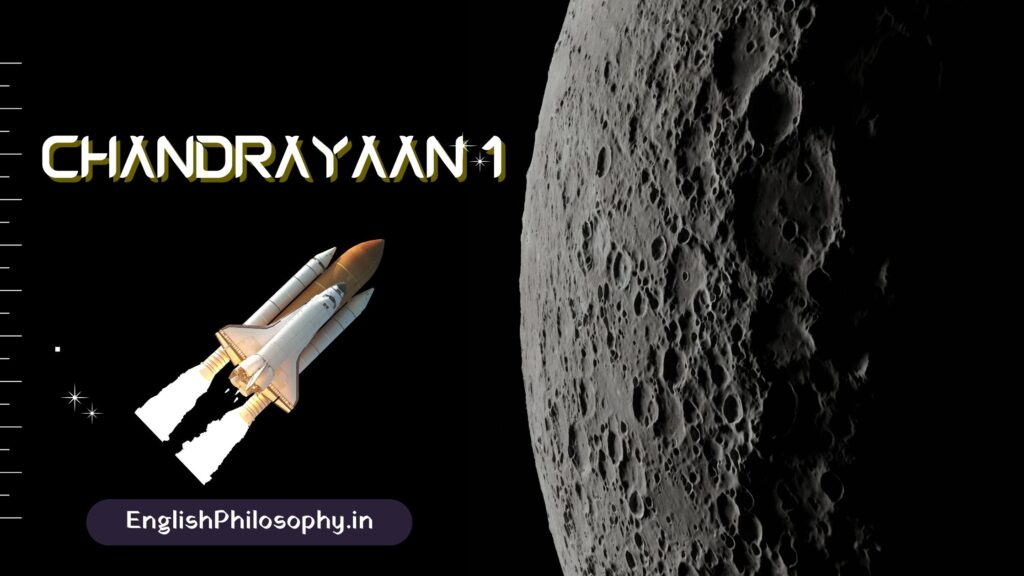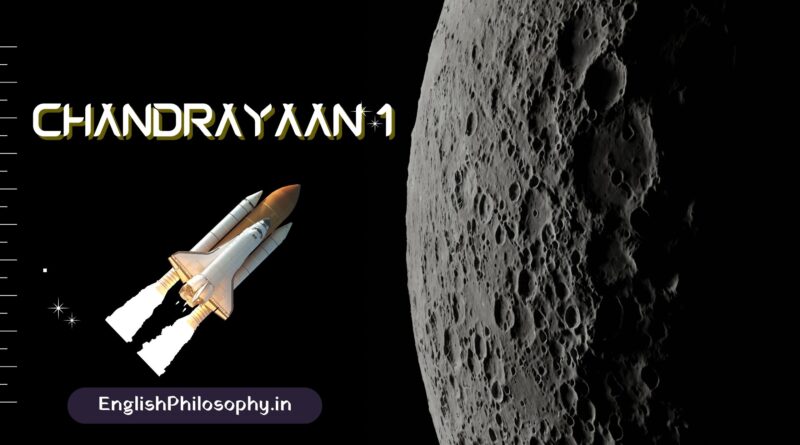Chandrayaan 1: India’s Maiden Lunar Expedition
Introduction of Chandrayaan 1

Chandrayaan 1 was India’s first lunar exploration mission, a historic endeavor launched by the Indian Space Research Organisation (ISRO). The mission aimed to explore and study the Moon, marking a significant milestone in India’s space program. Chandrayaan 1 was launched on October 22, 2008, and played a crucial role in expanding our understanding of Earth’s celestial neighbor.

Mission Objectives of Chandrayaan 1:
- Mapping the Lunar Surface: Chandrayaan 1’s primary objective was to create a detailed three-dimensional map of the lunar surface, including its topography, mineral composition, and distribution of elements.
- Detecting Water Ice: Another crucial goal was to search for the presence of water ice on the Moon, particularly in the polar regions.
- Exploring the Moon’s Exosphere: The mission aimed to study the Moon’s tenuous exosphere, including the presence of various elements and minerals.
- Remote Sensing: Chandrayaan 1 was equipped with remote sensing instruments to study the Moon’s geological features and analyze its mineral composition.
Key Instruments of Chandrayaan 1:
Chandrayaan 1 was equipped with 11 scientific instruments, including:
- Terrain Mapping Camera (TMC)
- Hyper Spectral Imager (HySI)
- Moon Impact Probe (MIP)
- X-ray Spectrometer (C1XS)
- Solar X-ray Monitor (XSM)
- Large Area Soft X-ray Spectrometer (CLASS)
- Mini Synthetic Aperture Radar (Mini-SAR)
- Moon Impact Probe (MIP)
- Moon Impact Probe (MIP)
Discoveries and Achievements of Chandrayaan 1:
- Water on the Moon: One of Chandrayaan 1’s most significant discoveries was the confirmation of the presence of water molecules on the lunar surface. This discovery changed our understanding of the Moon’s history and potential resources.
- Mapping of the Moon: Chandrayaan 1 successfully created a high-resolution 3D map of the lunar surface, providing valuable data for future lunar missions.
- Detection of Key Elements: The mission detected elements like magnesium, aluminum, silicon, calcium, iron, thorium, and uranium on the Moon.
End of Mission of Chandrayaan 1
Chandrayaan 1’s mission came to an unexpected end on August 29, 2009, when ISRO lost contact with the spacecraft. It was later determined that the craft had suffered a malfunction. Despite its shortened mission life, Chandrayaan 1 achieved remarkable success in its exploration and discovery objectives.
Legacy: Chandrayaan 1’s legacy is significant. It not only paved the way for future lunar missions but also established India as a prominent player in the global space exploration community. It showcased ISRO’s capabilities in space technology and planetary exploration.
In conclusion, Chandrayaan 1 was a groundbreaking mission that significantly advanced our knowledge of the Moon. It made key discoveries, contributed to lunar science, and left an indelible mark on India’s space exploration efforts.




